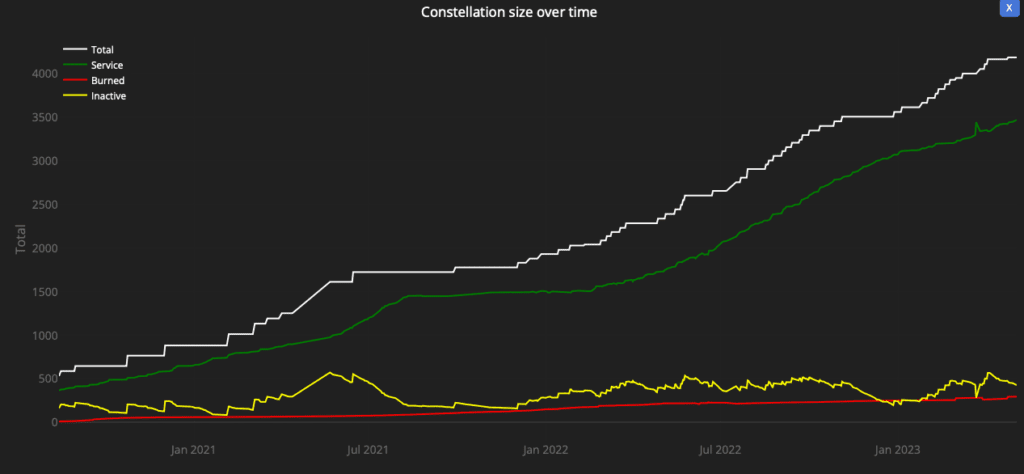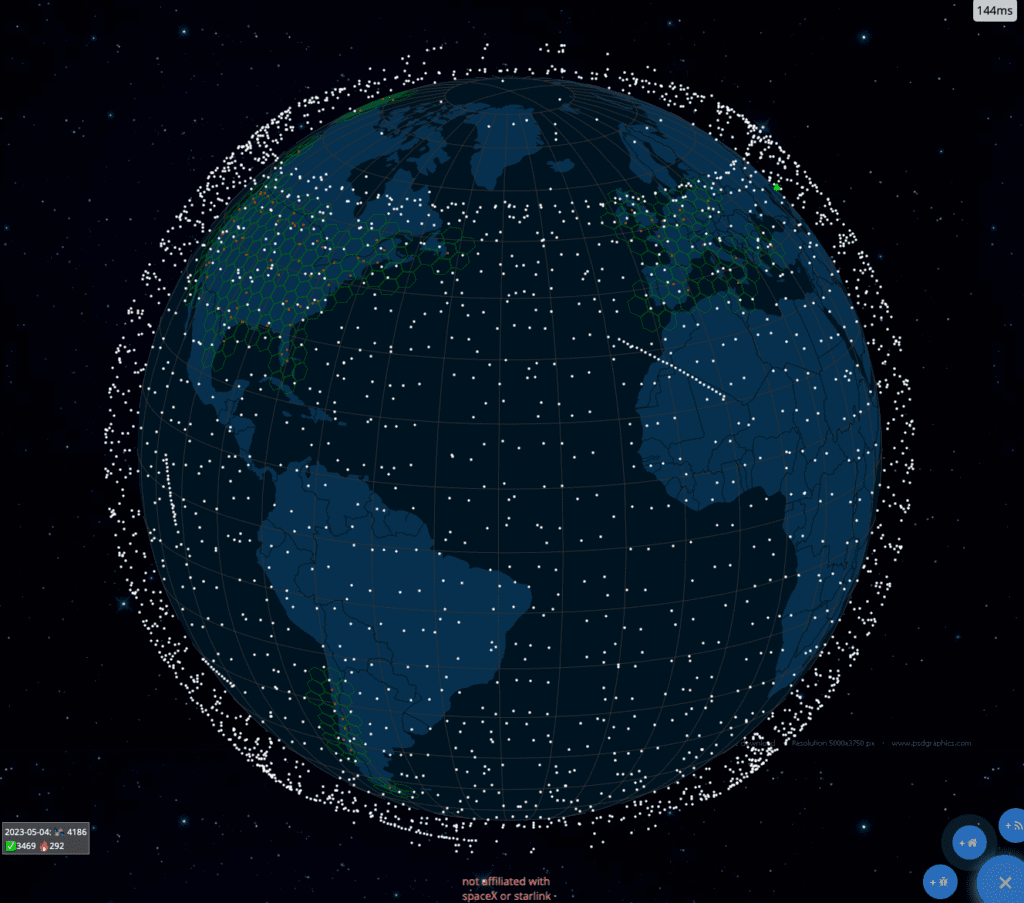May 4, 2023
Connecting the World: The Threat of Starlink vs VSAT Satellite Internet Services
Starlink vs VSAT; it’s not quite the end of VSAT but it could be the start of end for how yachts once used it. Providing internet access through satellites for yachts is nothing new and we all know the limitations of VSAT and most are aware of the The quality of the service itself is generally sluggish, customers can anticipate DSL-era speeds for which they might have to shell out hundreds or even thousands of dollars per month, with speeds maxing out at just a few megabits. Not ideal when yacht owners or guests most likely have access to high speed fibre broadband connections in their shore based abodes.
When 4G and 5G landed onboard yachts it was a game changer for low-latency, high bandwidth data. Capable of downloading multiple media streams, ensuring punchy internet browsing without that 700ms lag of VSAT with only a basic 4G setup. Some 8 SIM bonding solutions even boast speeds over 400Mbps. The only downside?…. you needed to be within reach of a GSM tower, preferably as close as possible to a 5G tower and with as few other yachts around you to minimise carrier saturation. There’s some impressive coverage offshore too, but generally in the past you would expect to move back to VSAT when completing a crossing outside of GSM coverage. Not so great if you’re half way through streaming a film or in the middle of a WhatsApp video call.
Starlink Maritime has been with us for a few months now its been the biggest disruptor in internet at sea communications the industry has seen. According to a report from Ookla, the service’s speeds saw a 38 percent increase in the U.S. and in Canada, speeds increased by nearly 58 percent in the same time period. In the U.S., Starlink users can expect to get speeds around 90.55 Mbps while Canadian users should see speeds close to 97.40 Mbps.
Thats residential broadband speed!
“So does this mean we can get these speeds anywhere in the world?” I hear you ask… At present the only areas of the world that have been enabled are the U.S., Canada, the UK, France, Germany, Austria, the Netherlands, Ireland, Belgium, Switzerland, Denmark, Portugal, Australia and New Zealand. However according to Starlink, certain areas of the Atlantic and Pacific will be switched on and available to Starlink Maritime customers as soon as November 2023. The shortage of satellites is not a problem as this interactive map shows live coverage of “Service” satellites currently at 3469:


So where does that leave VSAT?
It’s no secret that VSAT providers are a little threatened by this shift and have been left to wonder “what next?”. Recently we’ve seen larger, well known VSAT companies that offer services to yachts have partnered with Starlink as a reseller, reportedly for a staggering $1 million. This partnership has allowed VSAT suppliers to integrate Starlink into their range of available WAN interfaces, unifying multiple network connections for multi-network connectivity all under one roof, using a combination of GEO, MEO, LEO, 4G/5G, and Wi-Fi WAN connections. Given the monthly 5TB cap per terminal on Starlink, it is logical to prioritise and manage multiple WAN connections based on their expected network traffic. High priority traffic on owner and guest VLAN’s require low latency, high bandwidth that Starlink can provide. Medium priority networks could utilise 4G/5G networks for guest priority video streaming, while low priority networks, such as crew networks, can be placed on VSAT; reducing the need for overinflated VSAT contracts.
To provide the best possible service to owners and guests, having a managed solution is critical. Guests often expect a fast and stable internet connection, which can be challenging to achieve at times. The Unity hardware by Omniaccess is one such solution that I have personally seen and used. It features a Fortigate backend and makes excellent use of load balancing, traffic shaping, and WAN management across the entire network. However, it does require user intervention to manage all of this and when guests are on board, a seamless internet connection is just as important as exceptional food and sunny skies.
If you’re in need of advise guidance and want to know how Virtual ETO’s might be able to help manage your network traffic and WAN internet connections for fast and efficient streaming and browsing onboard, reach out here for further information.